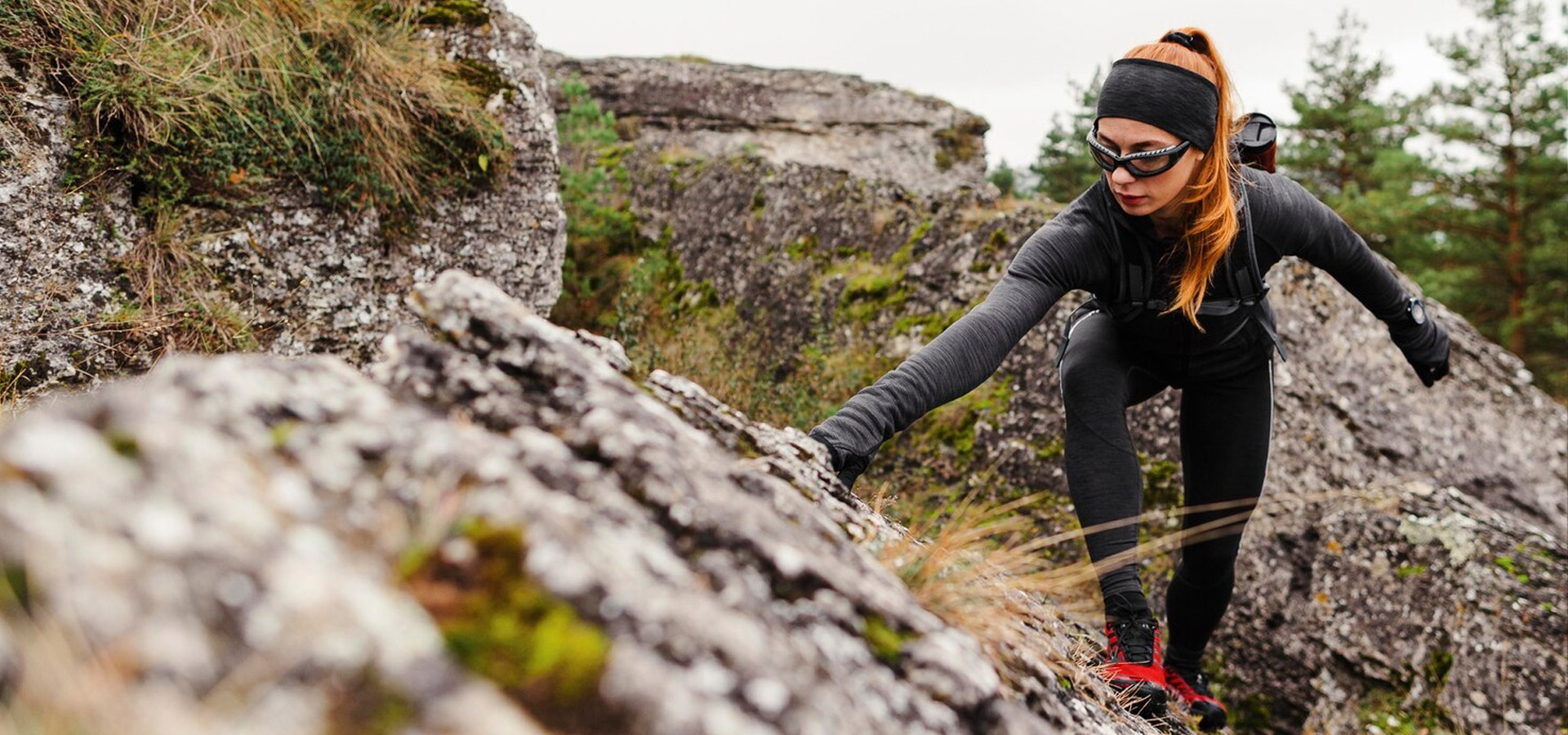
1. Assess the Hiking Environment
Different terrains and weather conditions influence the type of glasses you need:
- Bright Sunlight: Open trails or high-altitude hikes often have intense UV exposure.
- Shade and Sun Mix: Forest trails may require lenses that adjust to varying light conditions.
- Dust and Wind: Dry, windy conditions can irritate your eyes if they’re not protected.
- Rain or Fog: Moist environments demand anti-fog lenses for clear vision.
2. Prioritize Essential Features
When selecting glasses for outdoor hiking, look for the following features:
100% UV Protection
Protect your eyes from harmful UVA and UVB rays. Prolonged UV exposure can lead to eye strain or long-term damage.
Polarized Lenses
Polarized lenses reduce glare from reflective surfaces like water, rocks, or snow, improving visibility and reducing eye fatigue.
Photochromic Lenses
These adaptive lenses automatically adjust to changing light conditions, making them perfect for trails that transition between sunlit and shaded areas.
Impact Resistance
Choose lenses made from polycarbonate or similar durable materials to withstand accidental drops or impacts.
Wraparound Frames
These frames offer full coverage, shielding your eyes from wind, dust, and peripheral sunlight.
Anti-Fog Coating
For humid or rainy hikes, anti-fog lenses ensure uninterrupted vision.
3. Choose the Right Lens Tint
Lens color plays a crucial role in enhancing visibility:
- Gray: Maintains true color perception and reduces overall brightness, suitable for sunny conditions.
- Amber/Brown: Enhances contrast and depth perception, ideal for varying terrain.
- Yellow/Gold: Great for low-light or overcast conditions, improving clarity in dim environments.
- Green: Balances light and reduces glare while maintaining color accuracy.
4. Consider Comfort and Fit
Your glasses should stay secure and comfortable throughout the hike:
- Adjustable Nose Pads: Provide a customized fit for various face shapes.
- Non-Slip Grips: Rubberized arms ensure your glasses stay in place, even when sweating.
- Lightweight Frames: Reduce pressure on your nose and ears for extended wear.
- Helmet Compatibility: If you’re hiking in areas that require helmets, ensure the glasses fit well with your gear.
5. Test Before You Hike
Always test your glasses before heading out:
- Wear them in different lighting to check for clarity and comfort.
- Walk or jog to ensure they stay securely in place.
- Verify their compatibility with hats, helmets, or headbands.
6. Additional Tips for Hiking Glasses
- Use a Retainer Strap: Prevent your glasses from falling or getting lost.
- Bring a Cleaning Kit: Keep your lenses free of dirt and smudges.
- Carry a Spare Pair: Always have a backup in case of unexpected damage.
- Store in a Hard Case: Protect your glasses when not in use.
Why the Right Glasses Matter for Hiking
Choosing the right glasses isn’t just about style—it’s about safety and enhancing your outdoor experience. Proper eyewear reduces eye strain, shields against environmental elements, and allows you to focus on the trail ahead.
Make Your Next Hike Better with the Right Glasses
Invest in high-quality hiking glasses that suit your environment and needs. With the right pair, you’ll enjoy greater comfort, protection, and clarity, making every step on the trail an unforgettable adventure.
Get ready, gear up, and explore the great outdoors with confidence!
How to Choose the Perfect Glasses for Outdoor Hiking
Hiking is a rewarding activity that connects you with nature, but the outdoors can present challenges for your eyes, from harsh sunlight to dust and wind. Choosing the right pair of glasses is essential to ensure comfort, safety, and enhanced performance during your hike. Here’s a guide to help you make the best choice.
New Arrivals
-
Product on sale
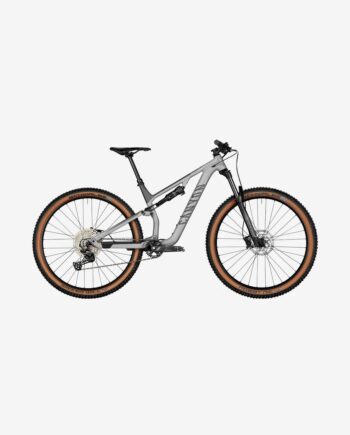 Mountain Bike neutraOriginal price was: ¥2,599.00.¥2,450.00Current price is: ¥2,450.00.
Mountain Bike neutraOriginal price was: ¥2,599.00.¥2,450.00Current price is: ¥2,450.00. -
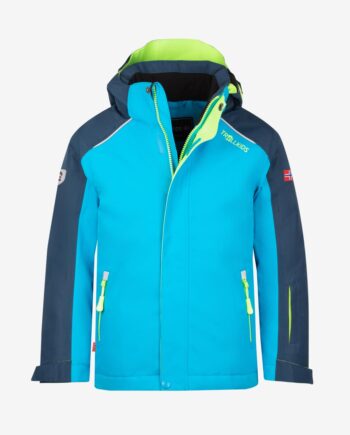 Ski Single Origin¥300.00
Ski Single Origin¥300.00 -
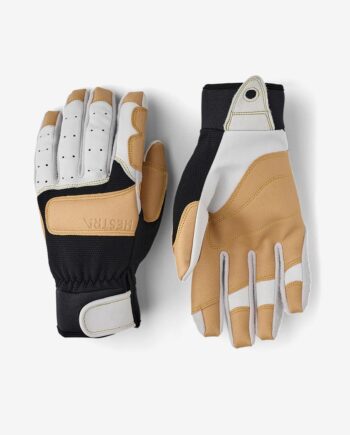 Flexitarian Activated Gloves¥95.00
Flexitarian Activated Gloves¥95.00 -
Product on sale
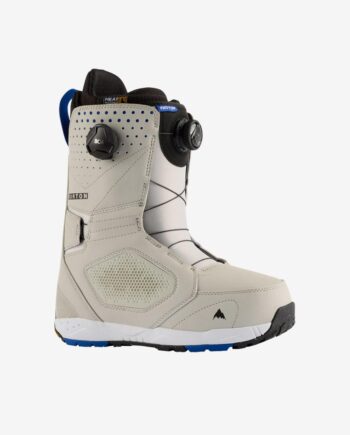 Wolf Big BootsOriginal price was: ¥365.00.¥325.00Current price is: ¥325.00.
Wolf Big BootsOriginal price was: ¥365.00.¥325.00Current price is: ¥325.00.

